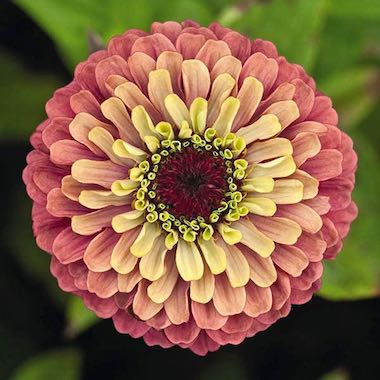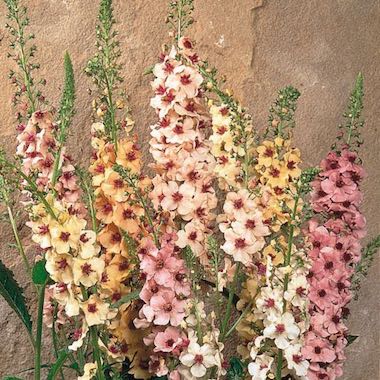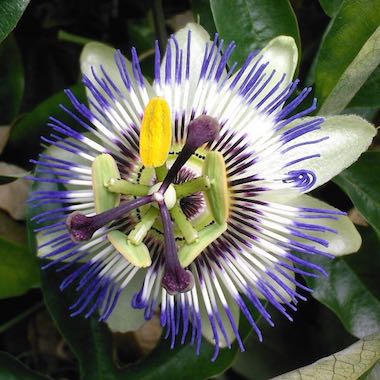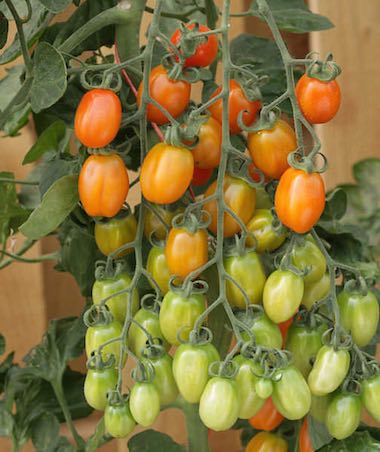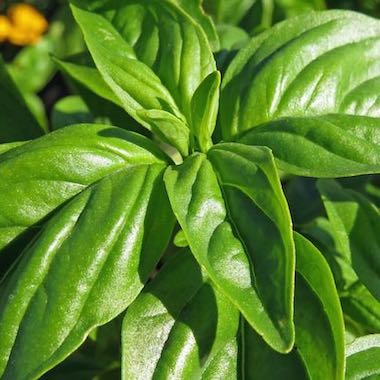Seeds are best stored in a cool, dark and dry location.
Cool and consistent temperatures are best. Avoid storing seeds near doors, windows, heating/cooling vents and other sources of hot or cold air.
Storing seeds in a dark location is best but anywhere away from direct sunlight and other sources of bright light will work.
Seeds can absorb moisture from the air, so it's best to store them in moisture proof containers. Containers should also be pest proof if the storage location is not free of pests.
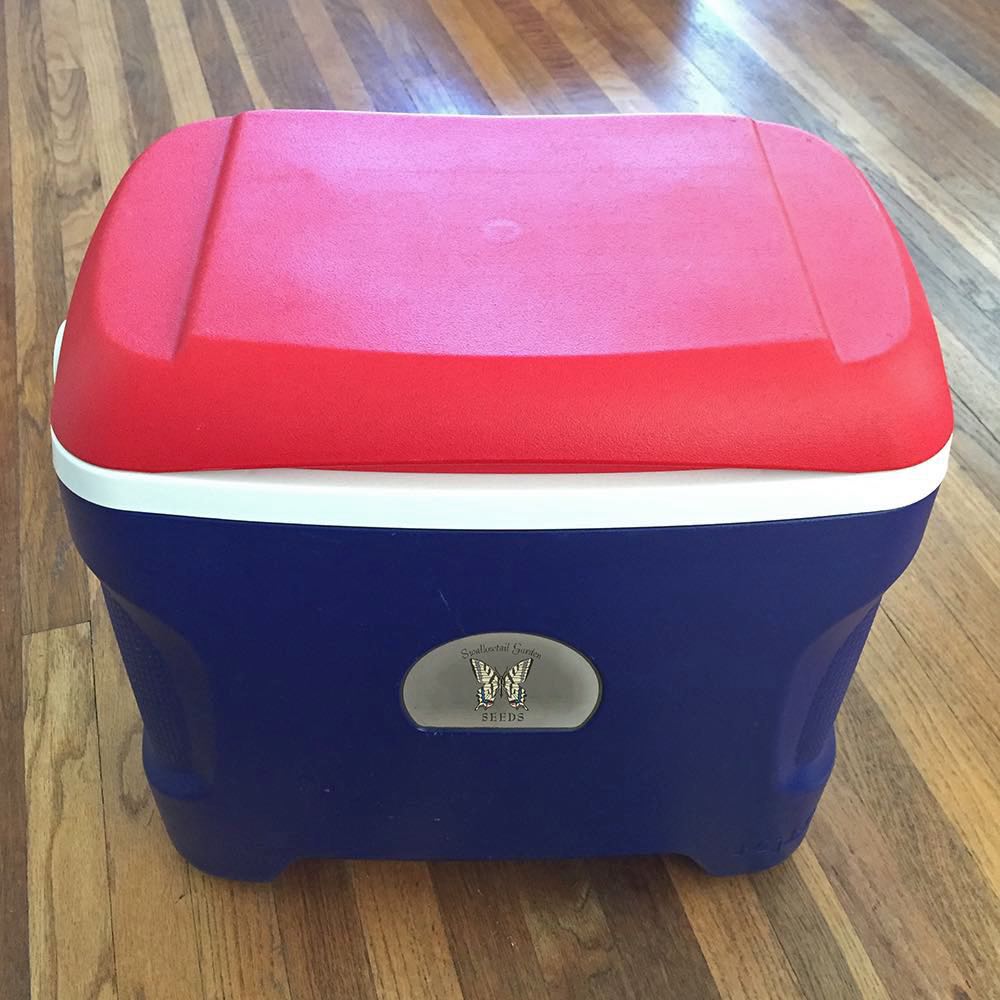
At home, I store my seeds in Ziploc bags, inside of a cooler, in the back of my closet. The insulated cooler helps maintain a more consistent temperature and the back of my closet tends to stay cool and dark. The cooler also protects seeds from any pests that may want to dine on them. The Ziploc bags protect seeds from moisture.
Whenever possible, I keep my seeds in the packets they come in so I have all the information I need when I'm ready to plant them in the future. With seeds in packets, there's no need for me to label anything and I can put many packets in one Ziploc bag. If you do need to label your bags for any reason, make sure to include the seed type, variety names and date or purchase or harvest. I also like to include the source of my seeds.
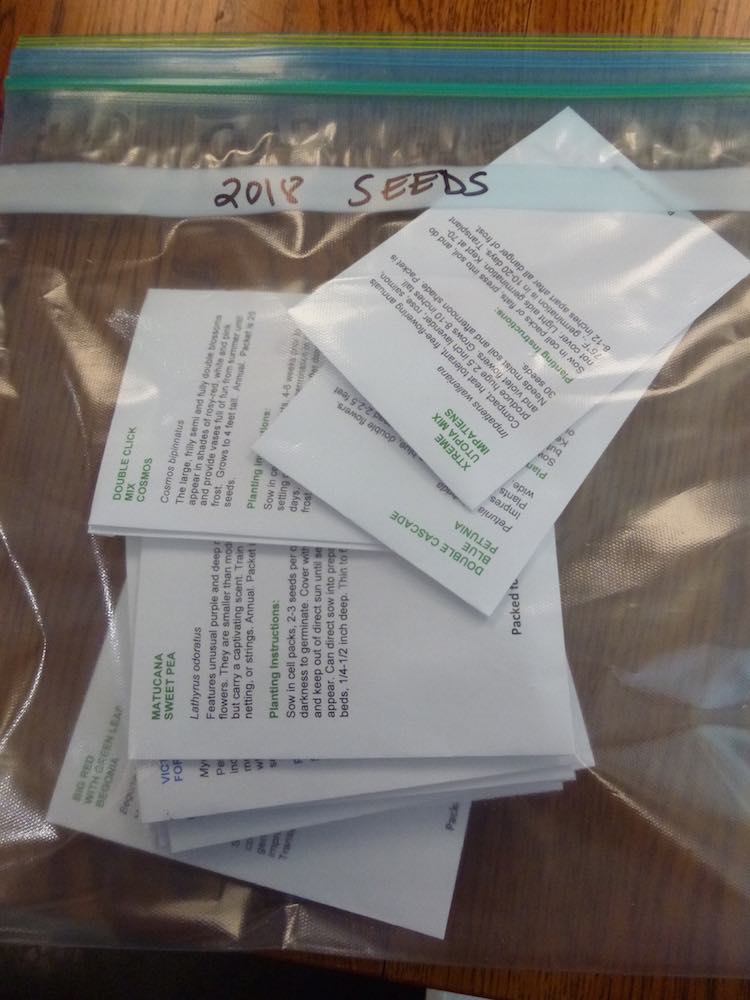
Here at Swallowtail Garden Seeds, we store all seeds in refrigerated conditions, around 40 degrees F, until they are ordered and shipped. When storing seeds in a refrigerator, it is best to keep them away from the door where temperatures can frequently fluctuate. Using Ziploc bags or another type of moisture proof container is important when storing seeds in a refrigerator.
I do not recommend freezing your seeds unless you are experienced with this type of storage method. Freezing seeds can cause damage if the seeds have too high of a moisture content or are warmed up too fast after being frozen. Freezing is typically not necessary if you are storing your seeds for a couple years or less.


